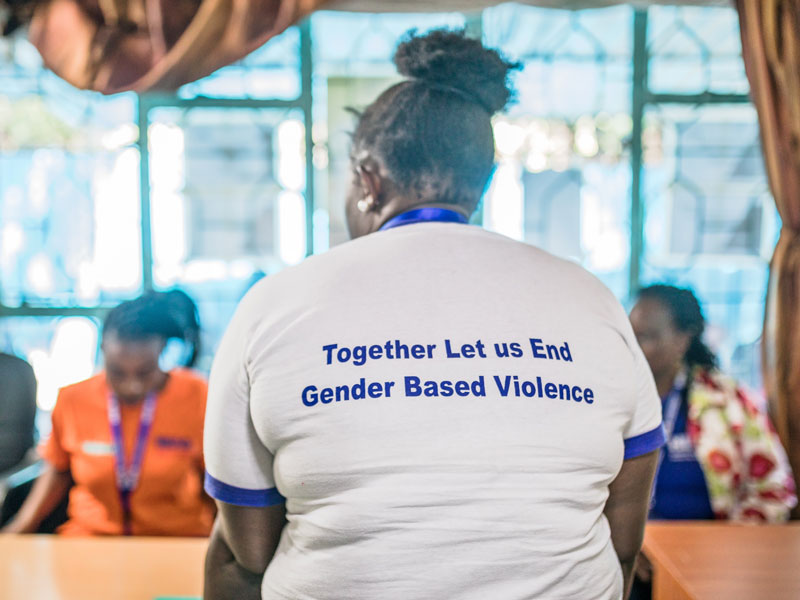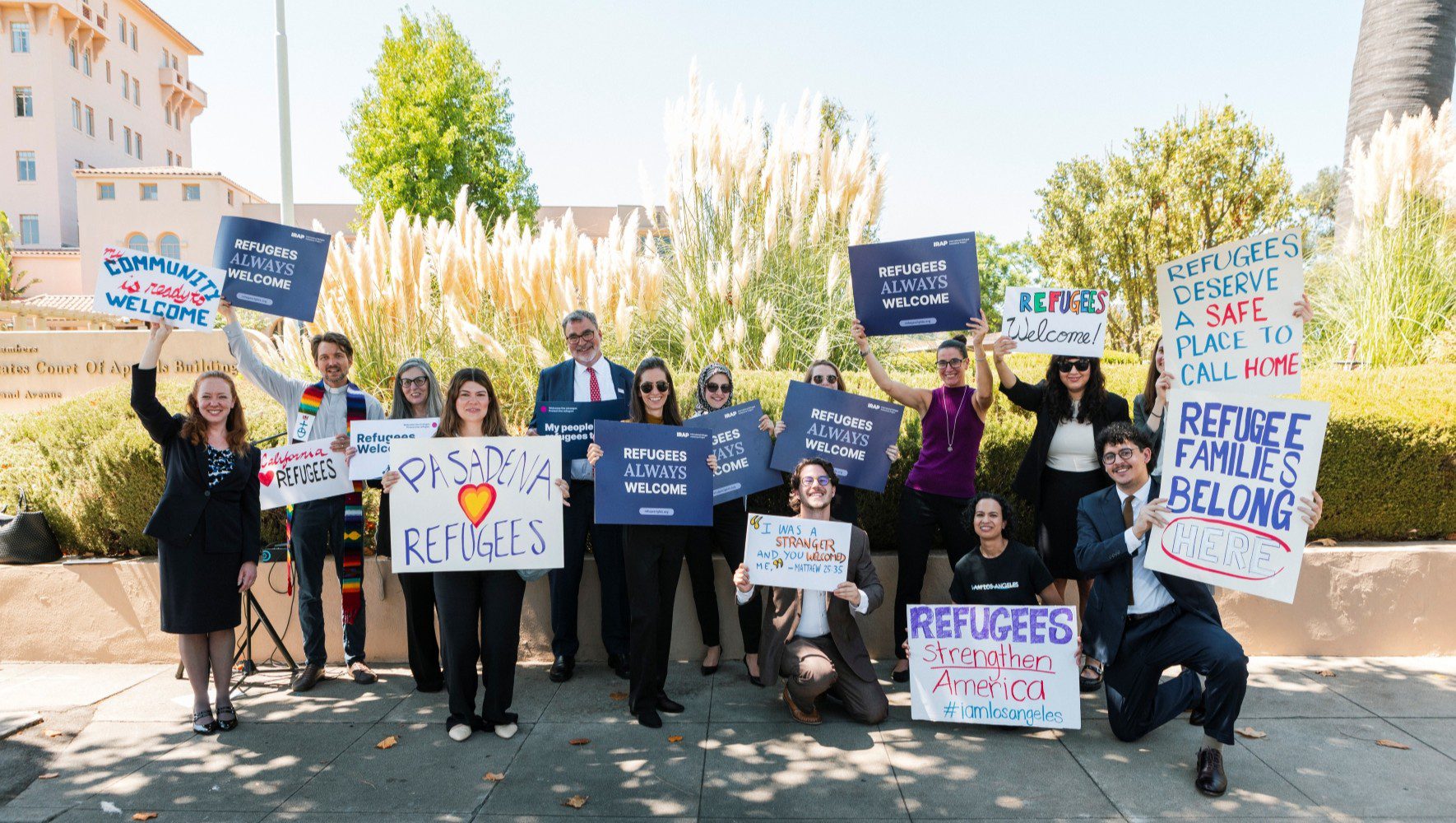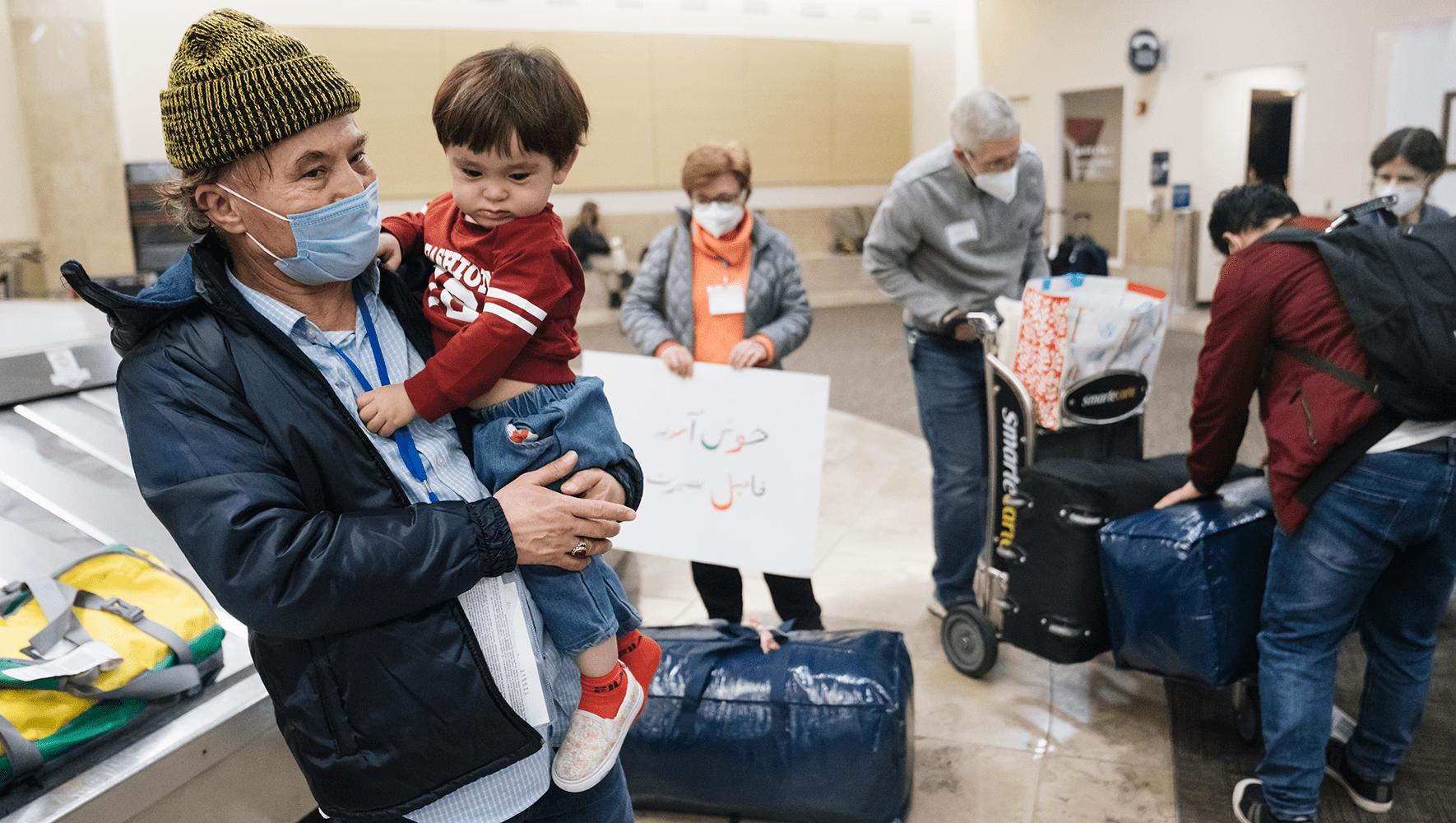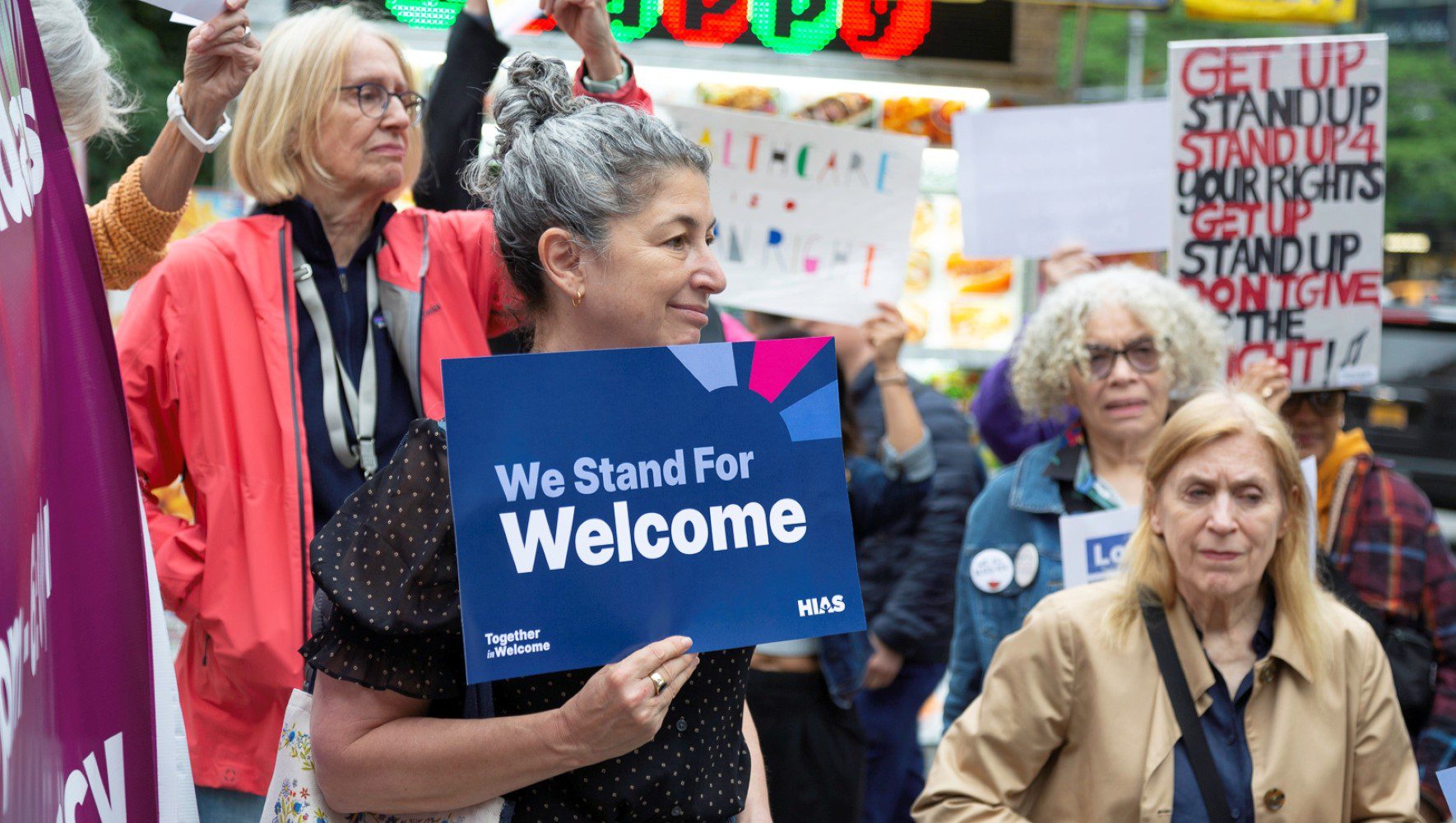Preventing GBV Involves Everyone
By Robyn Yaker, Technical Director for Gender and GBV
Nov 25, 2021

Gender-based violence prevention programming in Chad.
(Glenna Gordon)
HIAS works with communities across the globe every day to prevent gender-based violence (GBV). Preventing GBV is a collective responsibility and HIAS programs reflect that everybody — every individual, every organization — has a role to play.
Nearly 1 in 3 women have been abused in their lifetime. A new report from UN Women, based on data from 13 countries since the pandemic, shows that 2 in 3 women reported that they, or a woman they know, experienced some form of violence and COVID-19 has exacerbated all the risk factors for GBV. To eliminate GBV, we must work not only to mitigate the risk of violence, but to transform the harmful power imbalances that drive GBV. This applies in all areas of our lives. It shapes HIAS’ programs in the communities that we serve, while encouraging us to continually examine our own culture at work and at home.
Stopping gender-based violence is at the heart of the annual 16 Days of Activism Against GBV — the international campaign that kicks off on November 25, the International Day for the Elimination of Violence against Women, and runs until December 10, Human Rights Day. During this year’s 16 Days we explore our collective responsibility to prevent GBV.
HIAS’ whole-of-community approach engages all groups in changing the attitudes, behaviors, and systems that affect us. We involve all ages, genders, and sexualities in the work we do across multiple levels of GBV prevention, including:
-
Empowering women: HIAS’ programming recognizes women’s empowerment as a fundamental pillar of GBV prevention. Our entrepreneurship school with gender lens, and cash and cash voucher assistance for GBV survivors both help to build women’s economic power and access emergency support. Across Latin America and Africa, our women’s empowerment curricula and women’s support groups provide safe spaces for women to gather, connect, and support each other.
-
Promoting girls’ power: HIAS has developed a unique curriculum that promotes the safety, voice, and agency of adolescent girls. Programs in Venezuela, Panama, Guyana, and Peru have been using this approach that emphasizes the specific needs of adolescent girls, and centers their voices in leading change.
-
Working with men and boys: Alongside its work to empower women and girls, HIAS engages men and boys in a transformative journey that begins to address the root causes of GBV. HIAS has developed curricula used in Colombia, Venezuela, Ecuador, and Chad that promote positive masculinities and are specially adapted to their local contexts.
-
Protecting LGBTQ clients: Our programs support refugees, migrants, and asylum seekers in all of their identities. For example, our teams help LGBTQ refugees, migrants, and asylum seekers secure critical protections through legal support and advocacy. In countries such as Greece, Israel, and Peru clients seek out HIAS as a safe space to receive acceptance, support, and essential services.
HIAS takes its holistic approach seriously, understanding that we are not separate from the work that we do. For HIAS, as for all humanitarian organizations, it is important that staff, volunteers, and partners recognize that change starts with ourselves. It is critical for humanitarian agencies not only to program outwards, but to turn the lens inwards, and ask what each one of us can do within our own lives to prevent GBV.
“As a leader at HIAS, I promise to keep the prevention of sexual and gender-based violence as a top priority of our organization,“ said HIAS President and CEO Mark Hetfield. “For us to accomplish our mission of making refugees feel at home, everyone’s homes, whether client or staff, have to be safe.”
We must continue to address the needs of our clients and support their whole communities to prevent GBV, while maintaining our own self reflection and action. HIAS is dedicating itself to a world without GBV, inside and out.


